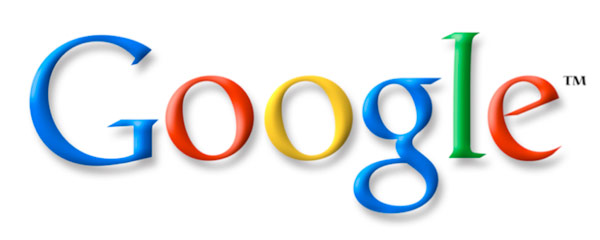 The landscape of Google AdWords is constantly changing to meet the needs of both businesses and search engine users. While it’s always been a powerful advertising platform, the expanded targeting capabilities and features with Google AdWords make it even more useful than ever. But how exactly has the world’s largest advertising network changed, and where is it headed?
The landscape of Google AdWords is constantly changing to meet the needs of both businesses and search engine users. While it’s always been a powerful advertising platform, the expanded targeting capabilities and features with Google AdWords make it even more useful than ever. But how exactly has the world’s largest advertising network changed, and where is it headed?
Whether you run a brick-and-mortar store, e-commerce shop or affiliate website, chances are your business can benefit from Google AdWords. Running marketing campaigns here will open up a whole new avenue of additional traffic, bringing in more customers while increasing your brand awareness. To maximize your return, however, you should must familiarize yourself with its features and abilities.
The Early Days of AdWords…
It’s a little-known fact that Google AdWords was originally launched as a cost-per-impression marketing platform (CPM). During the early days of the ‘Big G,’ AdWords advertisers paid a flat monthly fee for advertising on Google. In exchange, Google employees would set up and manage clients’ accounts.
This hands-off form of marketing limited advertisers’ freedom of setting up their marketing campaigns. It wasn’t long before Google dropped this platform and shifted towards a self-serving portal. Although traditional CPM advertising is still available through AdWords, most businesses choose the pay-per-click (PPC) model, as this typically yields a stronger return on investment (ROI).
AdWords is now packed with new features to help businesses make the most of their advertising money. An Economic Impact Report found that businesses earn an average of $2 for every $1 spent on AdWords.
Local Targeting Options
Google has made numerous improvements over the years to provide a more stable and effective advertising medium for local businesses. Small businesses are oftentimes hesitant to purchase online advertisements fearing their ads will show to the wrong demographic. If you own and manage a local guitar shop in Atlanta, GA, there’s obviously no point in displaying your ads to the non-GA states (not unless you want to throw money out the window).
For small businesses looking to market their products and services locally, Google AdWords is the way to go. During the campaign setup, advertisers can choose from a wide range of local targeting options. Want your ads to display only to users in a 50-mile radius surrounding Atlanta? AdWords give you the ability to include or exclude the radius around a city or town. Of course, you can also choose to include or exclude postal codes from your campaigns as well.
The real kicker to using Google AdWords for local advertising campaigns is something called a local extension. Taking advantage of this feature allows brick-and-mortar businesses to display their street address and phone number at the bottom of their ad. Studies show that ads with local extension experience an average 10% higher CTR than ads without it.
You might assume that using a local extension in your AdWords ads will cost you additional money, but thankfully Google offers this feature at no additional cost. Advertisers pay the same CPC amount regardless as to whether or not they use local extensions.
To learn more about AdWords’ local extension, check out this Google Help page.
Product Listing Ads (PLA)
Google recently launched a real game-changer in the world of online advertising – Product Listing Ads (PLA). Ever notice a box of products displayed in Google’s search results? Known as Product Listing Ads, this versatile and incredibly effective new medium allows business owners to advertise their product with a title, price, promotional message, business name and most importantly an image.
Benefits of PLA:
- More traffic, leads, sales and conversions.
- Experience significantly higher CTR.
- Easy to manage and use — no keywords or ad copy, just create a campaign and add product targets.
- Broaden your brand visibility.
- Showcase your products to Google users.
- Higher conversion rates.
It’s important to note, however, that PLA is currently limited to the following countries: Australia, Brazil, Canada, the Czech Republic, France, Germany, India, Italy, Japan, Netherlands, Russia, Spain, Switzerland, U.K., and U.S.
After reading all of the benefits listed above, you’re probably itching to get a PLA campaign up and running. To get started, you’ll need to sign up for a Google AdWords and Merchant Center account. Once these two accounts are activated, link them together using the method listed here. When your AdWords and Merchant Center accounts are successfully linked, you’ll be able to add new PLA campaigns directly from your AdWords account.
PLA ads are separate from traditional AdWords search ads, and Google may display the two simultaneously. “We allow a Product Listing Ad to appear at the same time as a text ad because we want to give shoppers access to the full variety of products that match their search. When a shopper searches for a commercial item online, like a pair of shoes, a video game, or a car, they’re usually trying to see all the purchasing possibilities for the item they’re looking for,” says Google.

